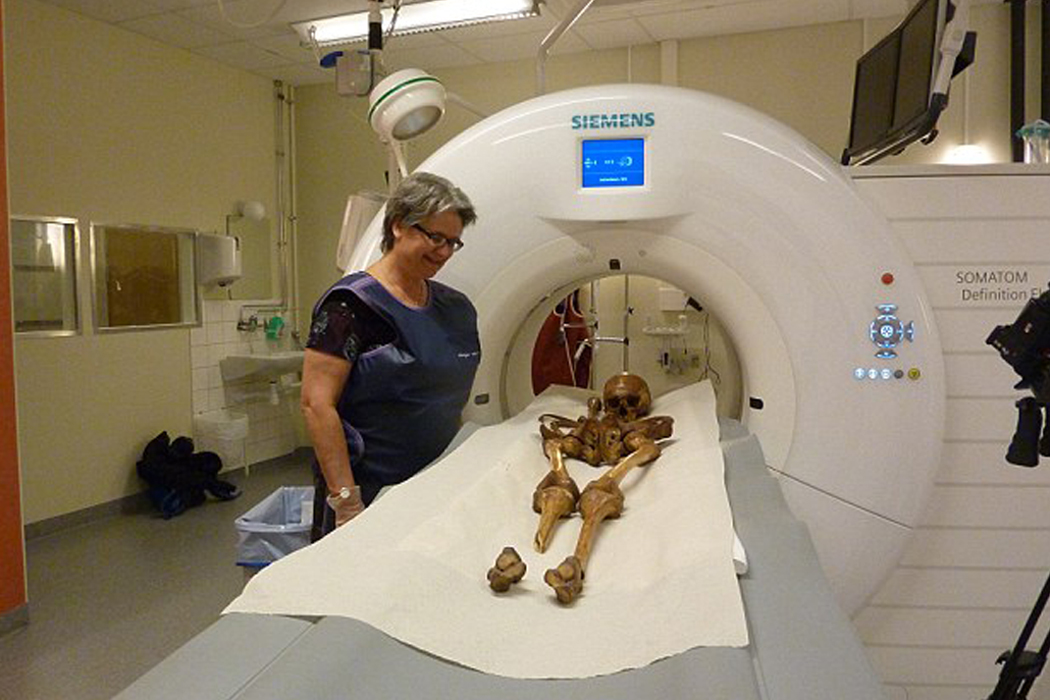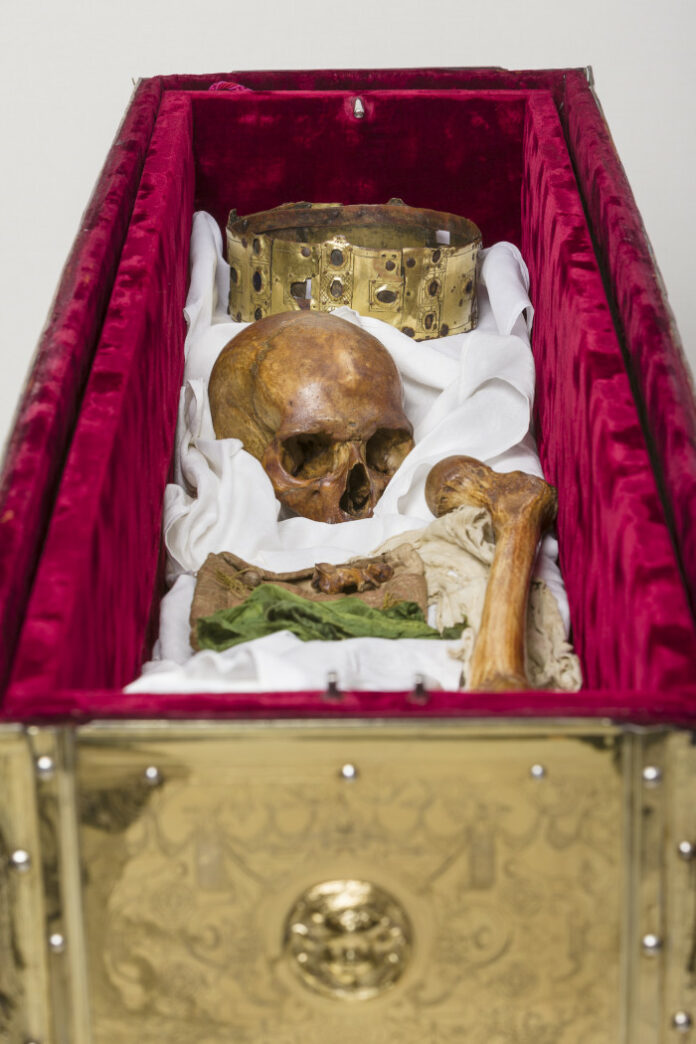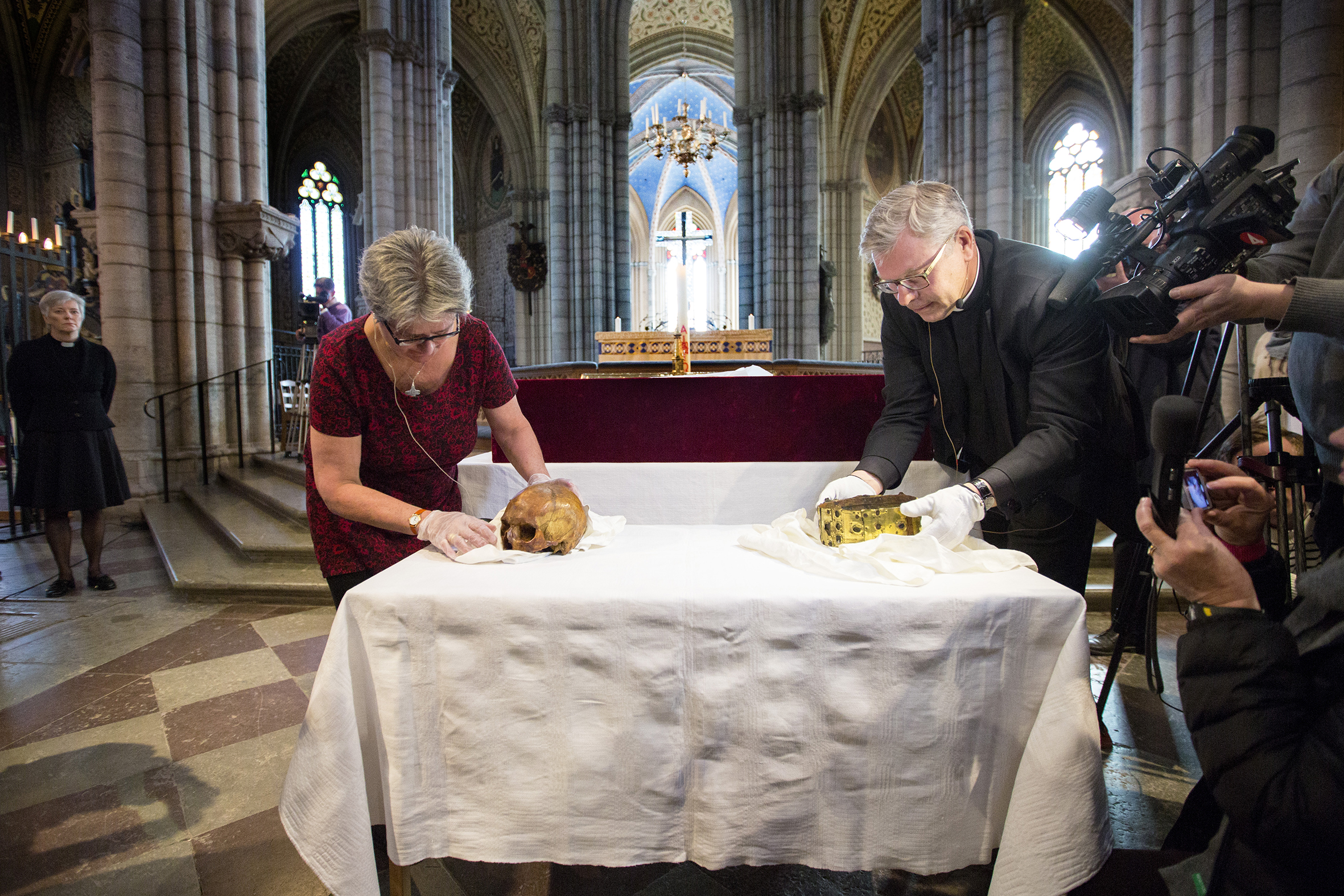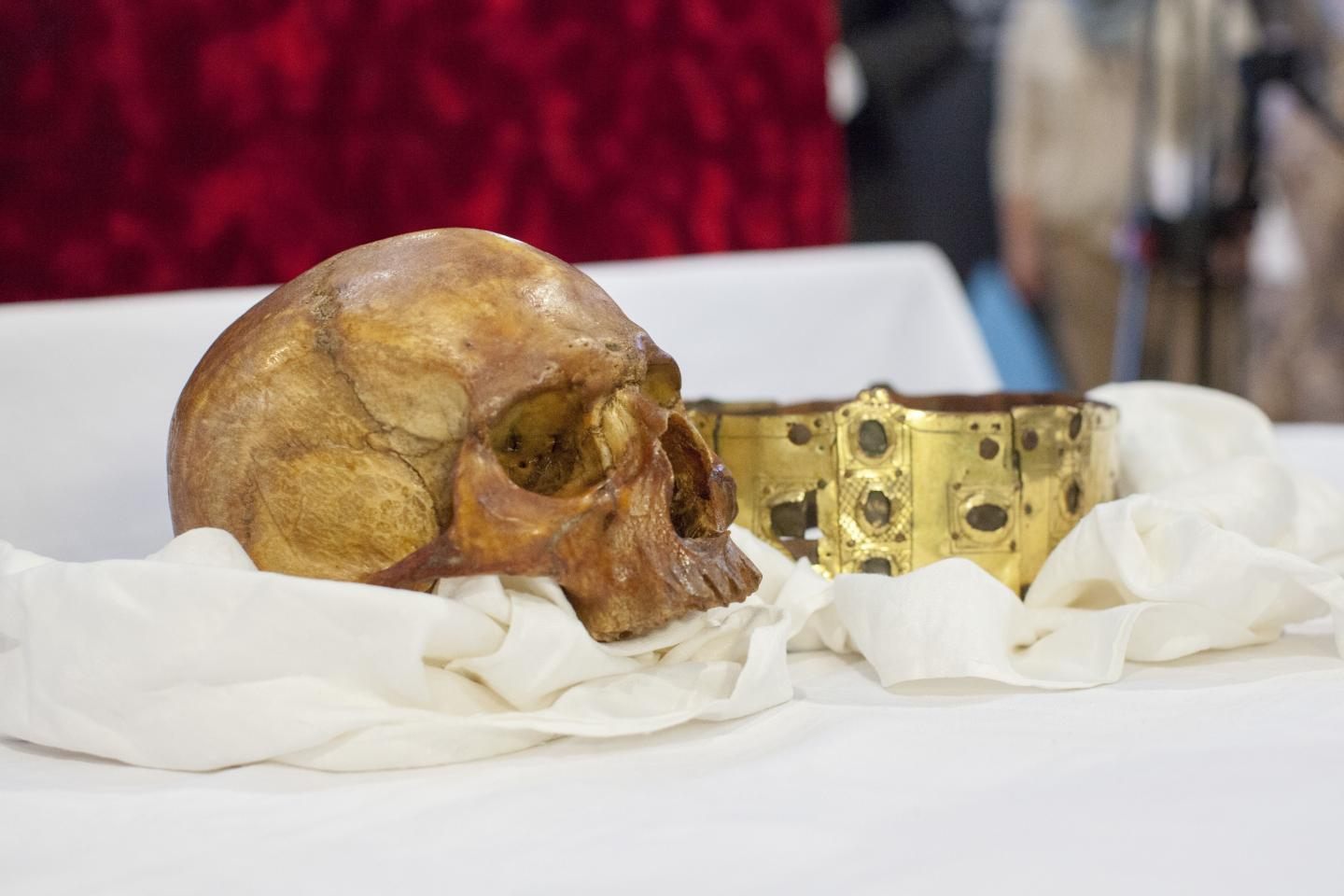On April 23, 2014, Uppsala University initiated a pioneering research project by opening a reliquary casket located in Uppsala Cathedral, which contained the remains of King Eric IX of Sweden. As the patron saint of Stockholm, King Eric IX is of considerable historical and cultural significance. The main goal of this study was to compare medieval skeletal remains with contemporary ones as part of an interdisciplinary osteoporosis investigation. However, researchers also took the opportunity to explore various aspects of the king’s origins, health, diet, and the circumstances surrounding his violent demise.
Remarkable Osteological Findings
The university has now published the preliminary results of the study, highlighting the striking alignment between the osteological data and the historical narratives that have been passed down. Since no contemporary records of King Eric IX exist, later hagiographies have depicted him as a saint during his lifetime, a martyr in his death, and a miracle worker afterward. This has made it challenging to distinguish fact from fiction. Nonetheless, the research team utilized a range of scientific methods—including DNA analysis, stable isotope analysis, forensic examinations, and radiocarbon dating—to illuminate the life of this mysterious king.

Revealing Insights
Inside the reliquary casket, researchers identified 24 bones, 23 of which belonged to a male estimated to be around 35 to 40 years old and standing at a height of 171 centimeters (5’7″). CT scans showed no signs of medical issues, osteoporosis, or bone deterioration. Interestingly, the bone density of King Eric IX was found to be 25% greater than that of an average young man today, suggesting he possessed remarkable strength and physical condition. Radiocarbon dating confirmed that he passed away in 1160.

Dietary Habits
Stable isotope analysis revealed details about King Eric’s robust health, indicating a diet rich in freshwater fish. As a king, he had access to plentiful game and fish on his estates, leading to a diet that combined land animal protein with a strong emphasis on fish. This finding is consistent with hagiographical accounts that describe him as regularly fasting for spiritual reasons. While fasting during the Middle Ages did not require total abstention from food, meat was generally avoided, with stricter practices typically observed by monks or ascetics. The allowance for certain game birds under the no-meat rule further supports these hagiographical narratives.

Evidence of Battle
Injuries found on King Eric’s bones correspond with accounts of his military endeavors. One or two healed wounds on his skull likely stemmed from engagements during his campaign against pagan Finland. The unhealed injuries on his bones closely align with legends about his final battle. According to hagiographies, the king was besieged by foes, suffering multiple wounds until he was rendered nearly lifeless. His attackers then mocked him before ultimately beheading him. The remaining bones showed at least nine cuts, seven of which were on his legs, indicating that they were less shielded than other parts of his body.

Contradictory Findings and Ongoing Analysis
The study revealed an unexpected inconsistency between the hagiographies and stable isotope analysis, suggesting that King Eric may have spent his last ten years in the southern province of Västergötland instead of Uppsala. However, further examination and comparison are necessary to validate this initial finding. Additionally, DNA analysis is still underway; researchers have successfully extracted DNA samples—a remarkable achievement given the bones’ age. By comparing this DNA with that of King Magnus III, a descendant of Eric IX, they hope to confirm the authenticity of the remains.

The ongoing examination of King Eric IX’s bones has yielded significant insights into the life, health, and death of this medieval ruler. The striking alignment between the osteological evidence and historical accounts adds credibility to the tales that have been shared through generations. As further analyses are conducted, the research team seeks to uncover more mysteries surrounding King Eric IX, illuminating the life and legacy of Stockholm’s patron saint.

